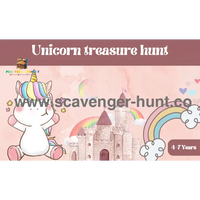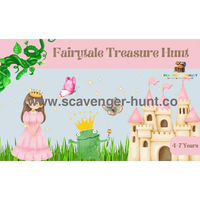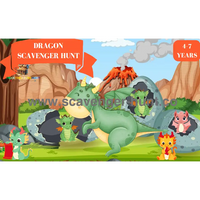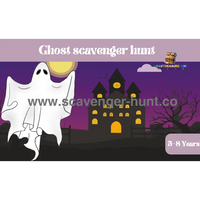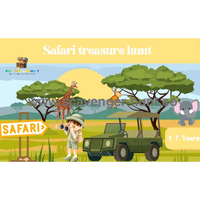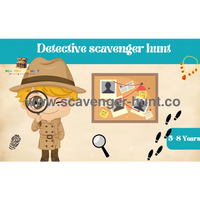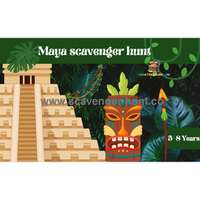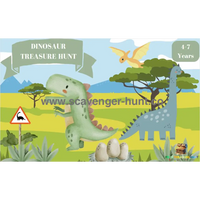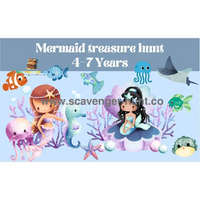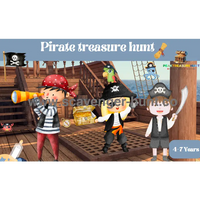Treasure Hunt-Scavenger Hunt
Regular price
€15,95
€15,95
Regular price
€15,95
€15,95
Regular price
€15,95
€15,95
Regular price
€15,95
€15,95
Regular price
€15,95
€15,95
Regular price
€15,95
€15,95
Regular price
€15,95
€15,95
Regular price
€15,95
€15,95
Regular price
€15,95
€15,95
Regular price
€15,95
€15,95
Regular price
€15,95
€15,95
Regular price
€15,95
€15,95
Regular price
€15,95
€15,95
Regular price
€15,95
€15,95
Regular price
€15,95
€15,95
Regular price
€15,95
€15,95
Regular price
€15,95
€15,95
Regular price
€15,95
€15,95
Regular price
€15,95
€15,95
Regular price
€15,95
€15,95
Regular price
€15,95
€15,95
Regular price
€15,95
€15,95
Regular price
€15,95
€15,95
Regular price
€15,95
€15,95
×
This website uses cookies to ensure you get the best experience on our website.

















